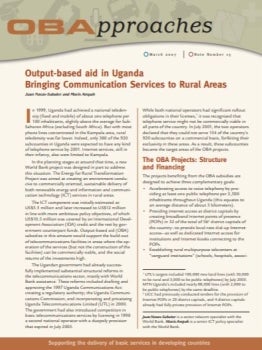Related
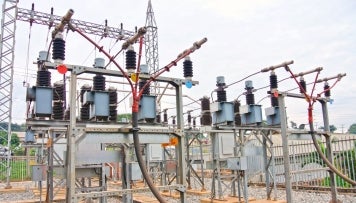
Grant Funding
Uganda: Energy for Rural Transformation (ERT) II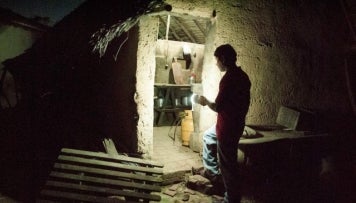
Grant Funding
Bolivia: Decentralized Electricity for Universal Access
Grant Funding
Mongolia: OBA Pilot Project of Universal Access Strategy
June 21, 2012 |Feature Stories
GPOBA establishes Grid-Based OBA Fund to Provide Electricity to 100,000 Rural Homes in Uganda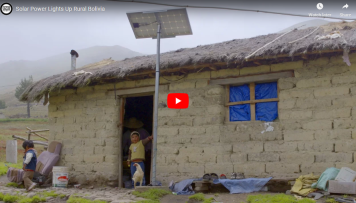
July 24, 2007 |Press releases
Bolivia Signs $5.2 million World Bank-administered Grant for Rural Electricity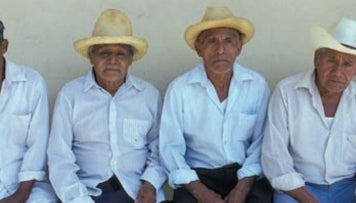
October 13, 2011 |Feature Stories
Mongolia: Information and Communications Infrastructure Development Project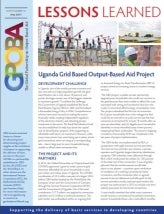
Uganda Grid-Based Output-Based Aid Project
The OBA facility supported provision of over 105,000 grid connections for poor households (525,000 residents) in urban, peri-urban,
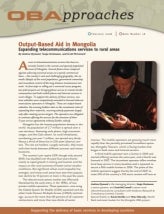
Output-Based Aid in Mongolia: Expanding Telecommunications Services to Rural Areas
Access to telecommunications services has been extremely limited in the remote and sparsely populated areas of Mongolia.


